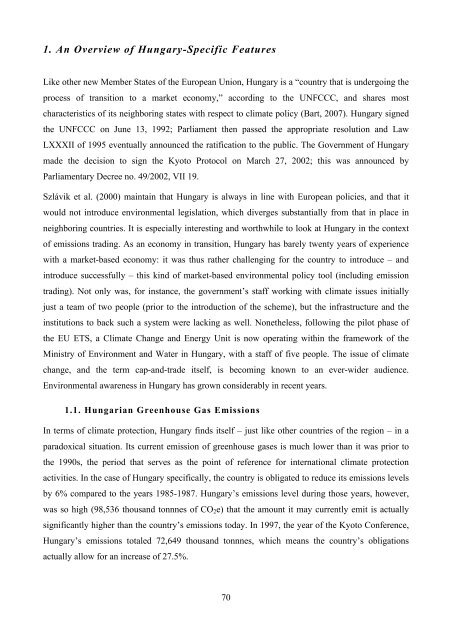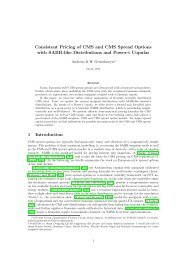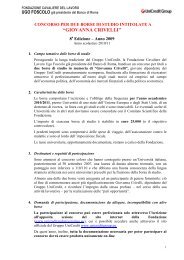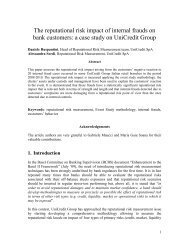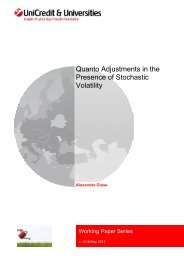Dóra Fazekas Carbon Market Implications for new EU - UniCredit ...
Dóra Fazekas Carbon Market Implications for new EU - UniCredit ...
Dóra Fazekas Carbon Market Implications for new EU - UniCredit ...
Create successful ePaper yourself
Turn your PDF publications into a flip-book with our unique Google optimized e-Paper software.
1. An Overview of Hungary-Specific Features<br />
Like other <strong>new</strong> Member States of the European Union, Hungary is a “country that is undergoing the<br />
process of transition to a market economy,” according to the UNFCCC, and shares most<br />
characteristics of its neighboring states with respect to climate policy (Bart, 2007). Hungary signed<br />
the UNFCCC on June 13, 1992; Parliament then passed the appropriate resolution and Law<br />
LXXXII of 1995 eventually announced the ratification to the public. The Government of Hungary<br />
made the decision to sign the Kyoto Protocol on March 27, 2002; this was announced by<br />
Parliamentary Decree no. 49/2002, VII 19.<br />
Szlávik et al. (2000) maintain that Hungary is always in line with European policies, and that it<br />
would not introduce environmental legislation, which diverges substantially from that in place in<br />
neighboring countries. It is especially interesting and worthwhile to look at Hungary in the context<br />
of emissions trading. As an economy in transition, Hungary has barely twenty years of experience<br />
with a market-based economy: it was thus rather challenging <strong>for</strong> the country to introduce – and<br />
introduce successfully – this kind of market-based environmental policy tool (including emission<br />
trading). Not only was, <strong>for</strong> instance, the government’s staff working with climate issues initially<br />
just a team of two people (prior to the introduction of the scheme), but the infrastructure and the<br />
institutions to back such a system were lacking as well. Nonetheless, following the pilot phase of<br />
the <strong>EU</strong> ETS, a Climate Change and Energy Unit is now operating within the framework of the<br />
Ministry of Environment and Water in Hungary, with a staff of five people. The issue of climate<br />
change, and the term cap-and-trade itself, is becoming known to an ever-wider audience.<br />
Environmental awareness in Hungary has grown considerably in recent years.<br />
1.1. Hungarian Greenhouse Gas Emissions<br />
In terms of climate protection, Hungary finds itself – just like other countries of the region – in a<br />
paradoxical situation. Its current emission of greenhouse gases is much lower than it was prior to<br />
the 1990s, the period that serves as the point of reference <strong>for</strong> international climate protection<br />
activities. In the case of Hungary specifically, the country is obligated to reduce its emissions levels<br />
by 6% compared to the years 1985-1987. Hungary’s emissions level during those years, however,<br />
was so high (98,536 thousand tonnnes of CO2e) that the amount it may currently emit is actually<br />
significantly higher than the country’s emissions today. In 1997, the year of the Kyoto Conference,<br />
Hungary’s emissions totaled 72,649 thousand tonnnes, which means the country’s obligations<br />
actually allow <strong>for</strong> an increase of 27.5%.<br />
70


